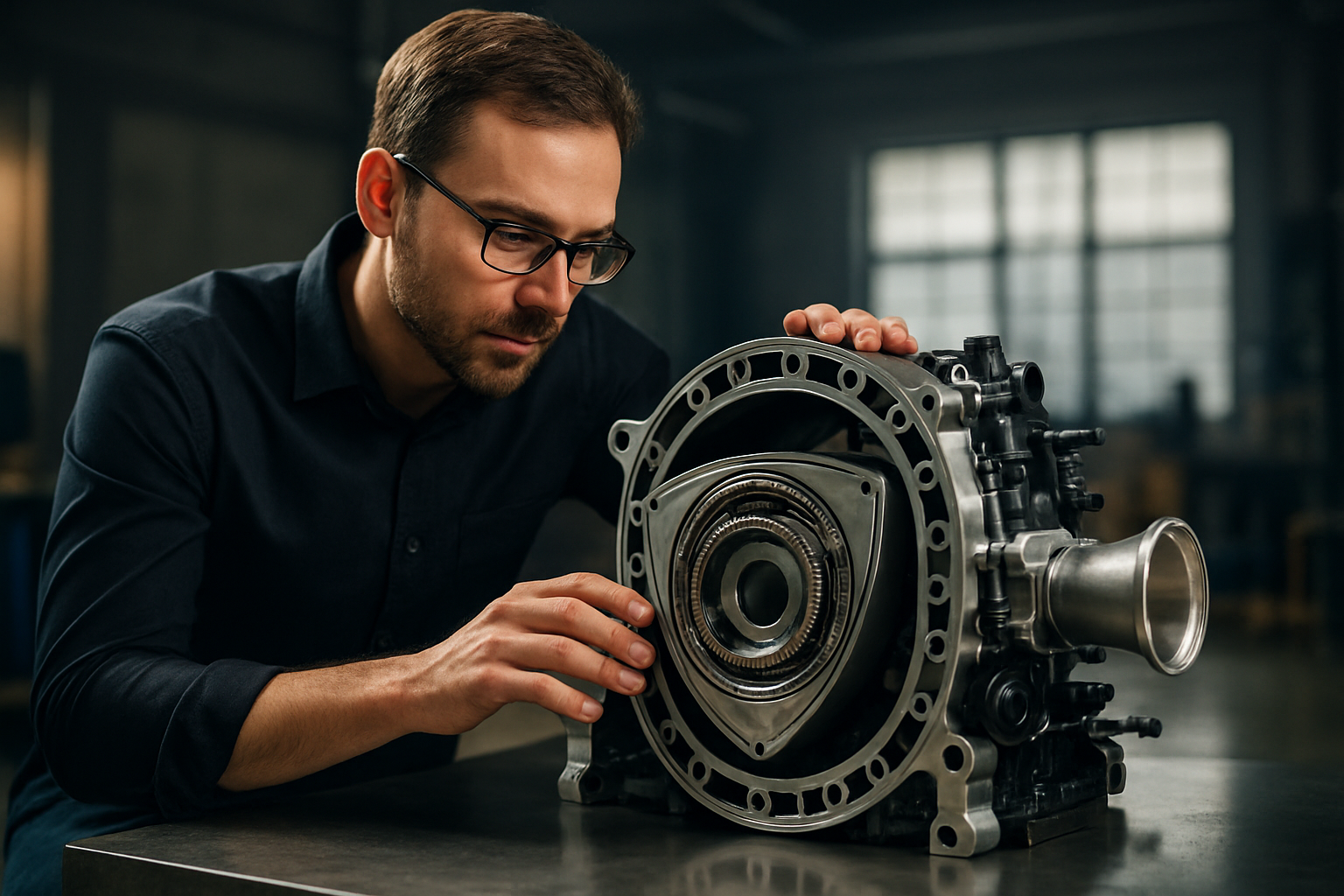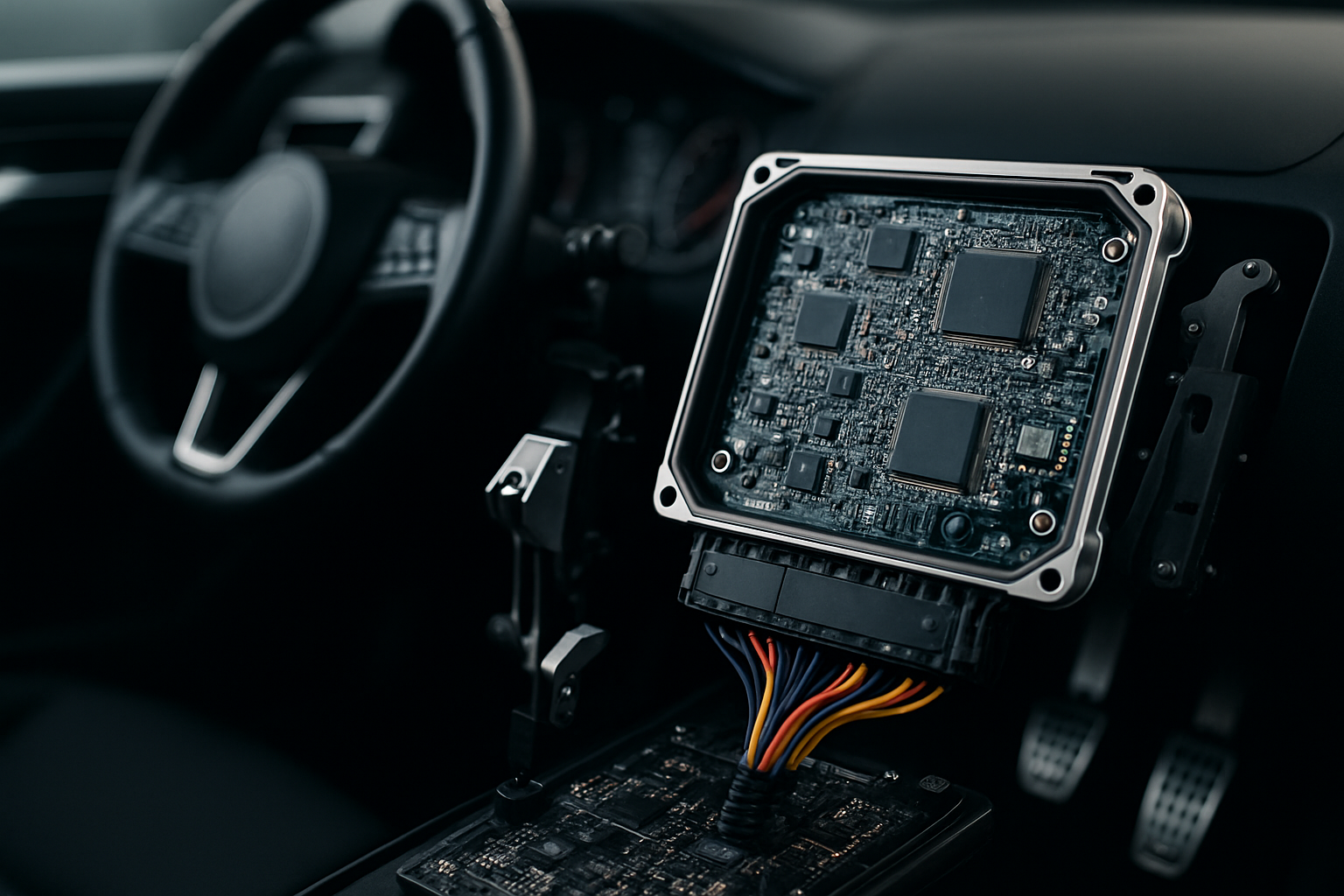The Renaissance of Rotary Engines: A New Spin on an Old Idea
In the realm of automotive engineering, few things are as fascinating or as contentious as the rotary engine. Often dismissed as a relic of a bygone era, this unconventional powerhouse is making a quiet comeback, promising to redefine our understanding of performance and efficiency.

A Historical Spin
The story of the rotary engine dates back to the early 20th century when it was invented by German engineer Felix Wankel. Unlike traditional piston engines, the rotary engine operates with a spinning rotor instead of reciprocating pistons, which offers smoother power delivery. However, despite its ingenious design, the rotary engine has been largely sidelined due to issues related to fuel efficiency and emissions.
The Rotary Revival
Yet, this isn’t the end of the road for the rotary engine. A number of innovative companies and research institutions are breathing new life into this technology, believing it holds the keys to more efficient, powerful, and environmentally friendly engines. The resurgence of interest in the rotary engine can largely be attributed to advances in materials science and digital engine management systems, which address some of the historical challenges associated with this technology.
The Potential of Rotary Power
So, what makes the rotary engine so promising? For starters, its simplicity. With fewer moving parts, the rotary engine is less prone to mechanical failure and is easier to maintain. Additionally, the rotary engine’s compact size allows for greater placement flexibility within the vehicle, which can improve overall vehicle dynamics.
Overcoming Challenges
However, the path to a rotary renaissance is not without its hurdles. One of the main criticisms of the rotary engine is its fuel consumption and emission levels, due to incomplete combustion. Yet, with the advent of modern computer controls and advanced combustion strategies, these issues are being addressed, making modern rotary engines more fuel efficient and cleaner-running than their predecessors.
The Future of Rotary Engines
With these developments, the rotary engine is poised to make a significant impact on the automotive industry. Its unique blend of simplicity, compactness, and high power-to-weight ratio makes it an attractive option for a variety of applications, from sports cars to range-extender generators for electric vehicles. And while the rotary engine may never fully replace traditional piston engines, its resurgence serves as a testament to the power of innovation and the relentless pursuit of better performance and efficiency in the automotive world.
The re-emergence of the rotary engine is a testament to the dynamic nature of the automotive industry, where old technologies can be reimagined and repurposed to meet modern needs. This story of revival and innovation serves as a reminder that in the world of automotive engineering, even the most unconventional ideas can find their place in the spotlight.





